NEW RELEASES |
You will be able to find here news about the latest Volvo scale models which have been announced or just been released. |
|
The number sixty-five in the Volvo Collection by Editions Atlas is the Volvo PV36 Polis. Volvo manufactured the luxurious PV36 between 1935 and 1938. Volvo's design for this car was styled similarly to the then strikingly modern Chrysler Airflow. Volvo styling was heavily influenced by North American auto-design trends in the 1930s and 1940s, many of the company's senior engineers having previously worked in the US Auto-industry. As surprising this may sound but Volvo's PV36 delivered also a smaller batch of cars to the Swedish Polis (Police) forces. Editions Atlas has chosen to include this model into their Volvo Collection. This scale model has been fitted with all the small modifications, signs and details which have initially been added to the regular PV36. Source & copyright: media.volvocars.com Short description from the website volvocars.com: Volvo PV36: Source & copyright: http://www.volvocars.com/intl/about/our-company/heritage/heritage-models/6-pv36-carioca Quote from an article on netcarshow.com: Visually different from most of its contemporaries, and totally different from every other Volvo car. The Volvo PV36, perhaps better known as the Carioca, is an exciting chapter in the Volvo history. It is also quite famous in automotive history if you consider how few examples were actually built and by such a small manufacturer like Volvo Car Corporation.
5 Comments
Per S
6/30/2016 05:41:58 pm
Looks like Atlas put on a military license plate.
Reply
Michelle
6/30/2016 07:49:12 pm
Hey Per,
Reply
PerC
6/30/2016 11:32:13 pm
Hi Per S
Reply
Michelle
7/1/2016 08:12:29 am
Hey Per,
PerC
7/3/2016 05:58:24 pm
A little more.... When studying the fourth photo above you can read POLISKAMMAREN GÖTEBORG on the back of the rear reg.plate. It translates to approx The Police Department Gothenburg. Maybe it indicates that these plates are red "interim" plates that could be used on cars that had not yet received the final plates. The letter O stands for the Gothenburg area, by the way. Leave a Reply. |
Nordic Collection
by Skand.com Volvo Collection by Editions Atlas Volvo Truck Collection by Editions Atlas Saab Collection by Editions Atlas DAF Collection by Editions Atlas Police Cars Collection by Editions Atlas Rallye Monte-Carlo Collection by Editions Atlas Ambulance Collection by Editions Atlas Categories
All
NEWS archives
September 2018
|
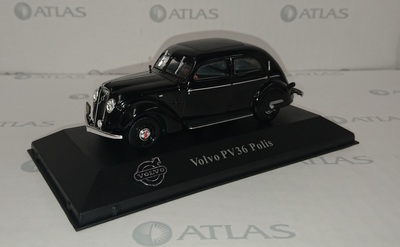
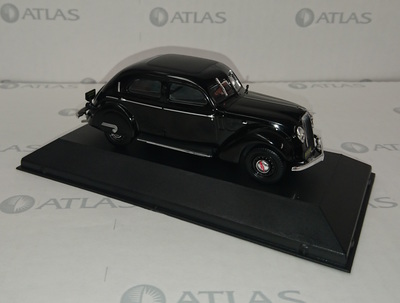

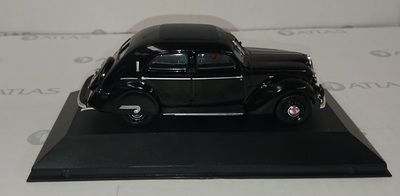
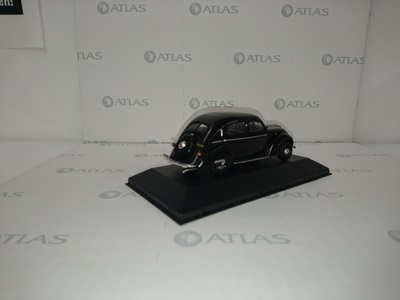
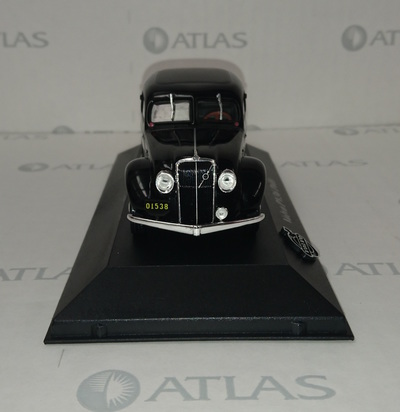
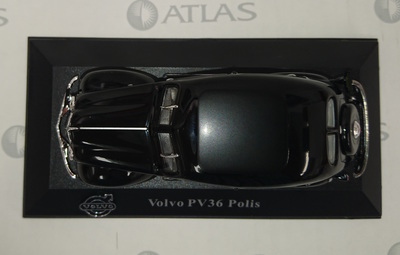
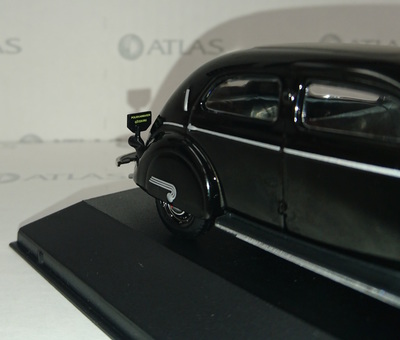
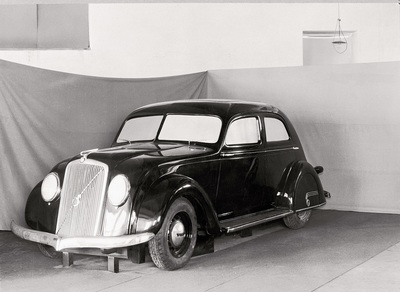
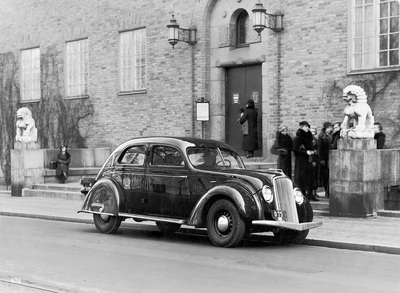
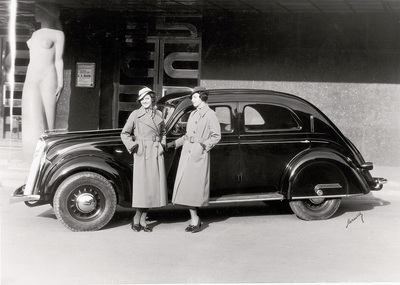
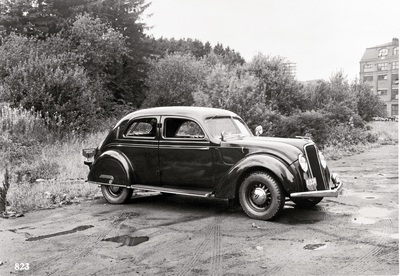
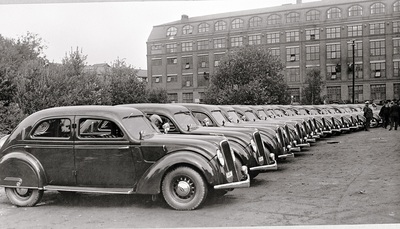


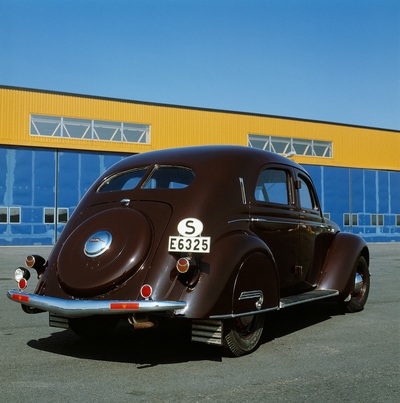
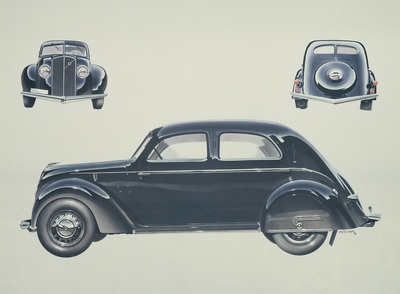
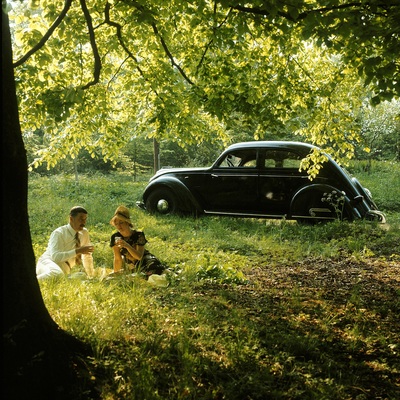
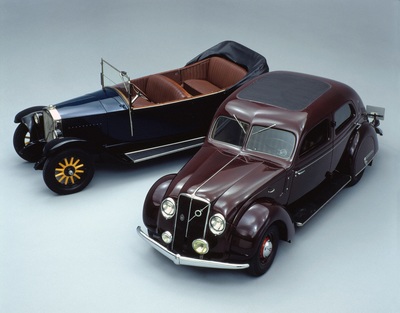
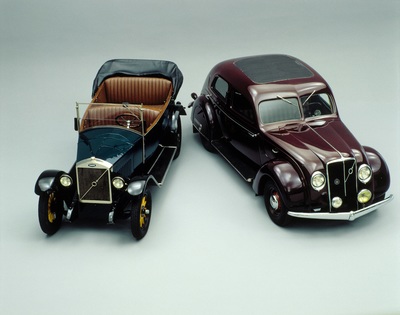
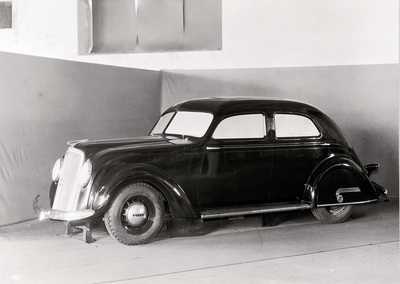

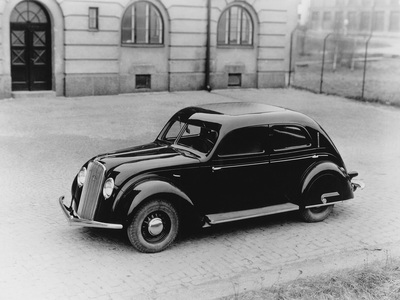

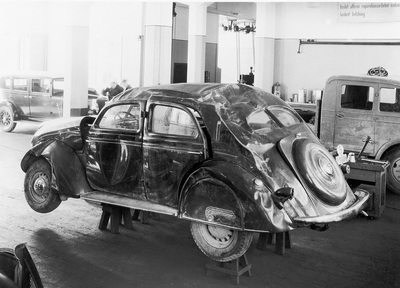
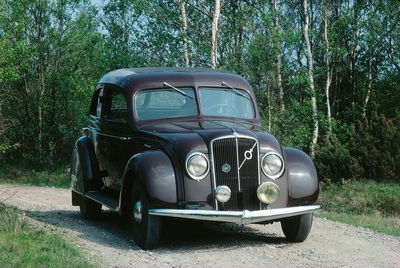
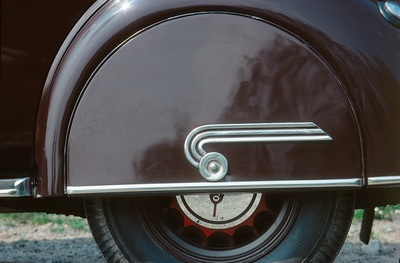
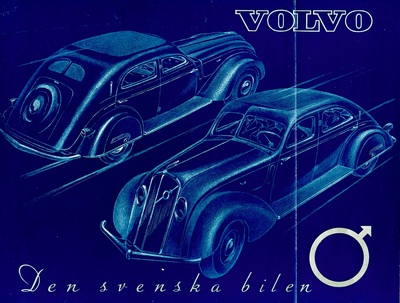
 RSS Feed
RSS Feed
